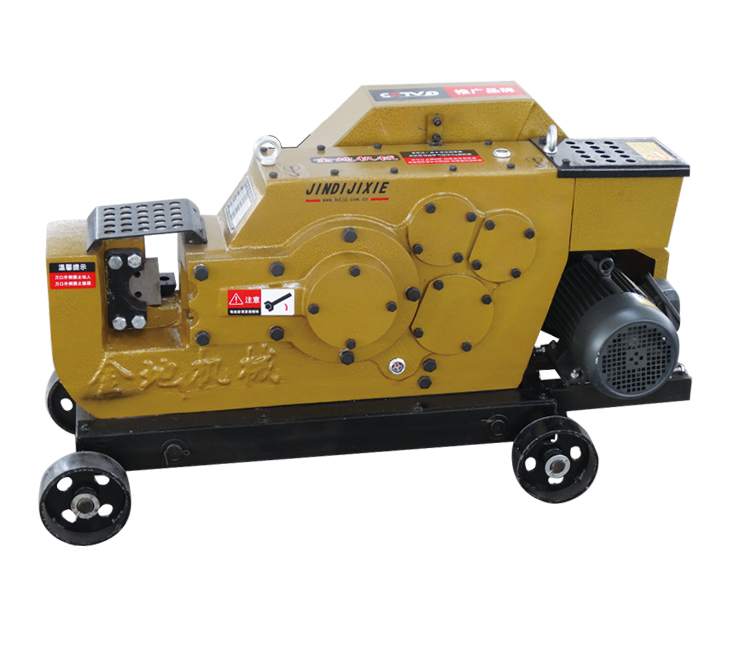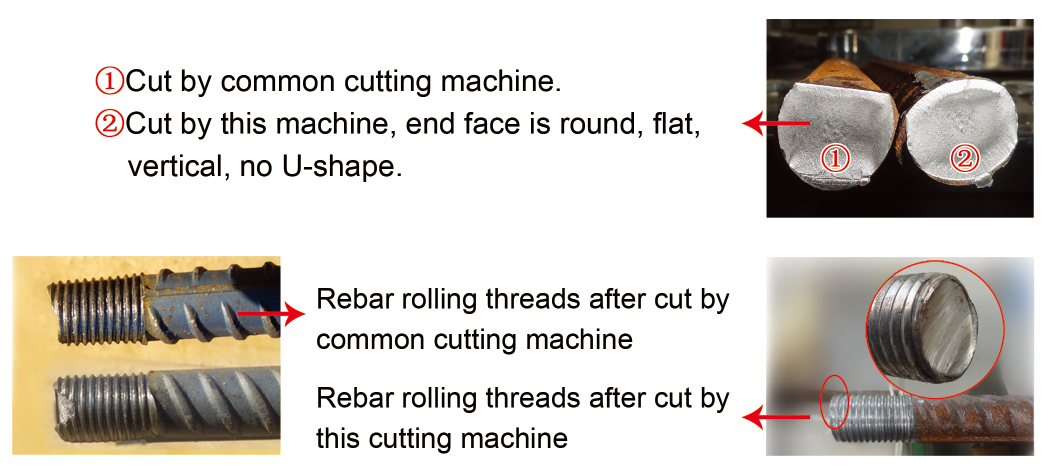Abstract [Yield] In the first half of 2012, the output of ceramic tiles was 4.238 billion square meters, an increase of 3.8%; the output of ceramic tiles in the first three quarters of 2012 was 6.812 billion square meters, an increase of 1.4%. In fact, that is to say the third quarter (July to September) China's ceramics...
[Yield] In the first half of 2012, the output of ceramic tiles was 4.238 billion square meters, an increase of 3.8%; the output of ceramic tiles in the first three quarters of 2012 was 6.812 billion square meters, an increase of 1.4%. In fact, in the third quarter (July to September), China's ceramic tile production showed a negative growth of -3.4%. In contrast to the double-digit growth of ceramic tile production in China for the eighth consecutive year from 2004 to 2011. Annual production should be near zero growth. Whether the production capacity and output of ceramic tiles have entered an era of excess, has become the focus of the industry. Is it an absolute surplus or a relative surplus? Is it a stage surplus, a structural excess, or a policy surplus? [Quality] In November 2012, the State Administration of Quality Supervision, Inspection and Quarantine announced the national quality report of the national ceramic tile products in 2012. The sampled products involved 240 products of 240 enterprises in 17 provinces, and a total of 25 Class A were unqualified. One radioactivity was unqualified, and the pass rate was 89.59%, which was 73.55% of the ceramic tile country's pass rate in 2009; 81.62% in 2010; and 86.10% in 2011, which continued to improve. In 2012, the quality of ceramic tile products in Guangdong Province was 140 samples, 24 were unqualified, and the unqualified rate was 17.1%, of which only Class A failed. Compared with the industry in 2011, no radioactive unqualified products were detected. Now the industry has to consider the perception of radioactive unqualified itself and consumers' understanding.
[Export] From January to September 2012 (the first three quarters), China's ceramic tile products exported 796 million square meters, an increase of 7.8% year-on-year, and the export value was 4.338 billion US dollars, an increase of 29%. The export of other building ceramic products was 2,241 tons, an increase of 33.1%, and the export value was US$220 million, an increase of 62.4%. Compared with 2011, the export volume of ceramic tile products increased by 17.07%, and the export value increased by 23.72%. The growth rate of export volume fell to single digits, which was obviously affected by anti-dumping by the EU and other parts of the world and the appreciation of the renminbi. The sharp increase in export volume, on the one hand, the average unit price continues to grow, on the other hand, the appreciation of the renminbi. At present, the export volume of ceramic tiles accounts for 11.29% of the total output, and has remained at this level in recent years.
[Marketing] In 2012, the ceramic tile market in the first- and second-tier cities became increasingly saturated, and the building materials market was oversupplied. When the store closed down, it was reported (for example, on September 14, Home Depot officially announced the closure of all seven large-scale houses in China. Home building materials retail store). Marketing costs continue to rise, various promotions are emerging, and dealers are constantly being flattened. With the continuous increase in the proportion of hardcover houses, the construction of a large number of affordable houses, the proportion of engineering channels has increased, and the role of strategic alliances between ceramic enterprises and real estate development has become increasingly prominent. With the continuous expansion of urbanization, the sales of the third- and fourth-line markets have become hot spots. The Hualien Building Materials and Home Furnishings Project, which specializes in the building materials market in the third- and fourth-tier cities, has emerged from time to time. In 2012, many ceramic enterprises and companies began to test water bricks and e-commerce (B2C).
[New Products] The main new products in the ceramic tile industry in 2012 are similar to those of a year ago, but they are better and more refined, mainly including: inkjet printing, microcrystalline stone, thin plate, thin brick, mosaic and mosaic combination. The most prominent of these is of course inkjet printing and is widely used on microcrystalline, thin and thin bricks. In 2012, the inkjet printing machine increased by four times (four times) in the ceramic tile industry, among which domestic inkjet printing machines occupied a major role.
[Merge] At the end of 2012, the global ceramics industry was paying attention to the US$7.5 billion acquisition of the 100% stake in Marazzi in Italy by DalTile. In China, in August, Hongyu Ceramics acquired Xintaoxing Ceramics; in October, Yingpai Ceramics acquired Dongyuan Haoaiduo Ceramics. In 2012, there were many domestic ceramic enterprises that stopped when they opened, and those who were looking for rent, looking for cooperation, and other brands to OEM. The situation of mergers and reorganizations and reshuffles in the ceramic tile industry has just begun.
[Policy] On October 18th, the National Building Sanitary Ceramics Standardization Committee held a working meeting. The meeting passed the review of the thin ceramic tile standard, discussed the revision of the national standard for sanitary ceramics, and proposed the thinning of ceramic tiles and the reduction of sanitary ceramics. On the 8th of November, the Ministry of Construction held the industry standard "Construction and Acceptance Procedures for Exterior Wall Finishing Bricks". The results of the "Acceptance Procedures" material requirements (Part 3) part of the "outside wall facing bricks must not have powder The content of the material has not been passed. This is a case of a typical industry “group incident†affecting the formulation of “policyâ€; on December 10, the Ministry of Industry and Information Technology held a review meeting on the “Building Ceramics Industry Policy Researchâ€, which means that the country is about to introduce specific “Building Sanitary Ceramics Industry Policyâ€, this is another national-level industrial policy following the “Twelfth Five-Year Plan for Building Sanitary Ceramics Industryâ€. Is the industry getting the attention, or is it increasing the restrictions? Or is it both?
Common rebar splicing machine, which is different Special Rebar Cutting Machine. They're different from the machine structure, cutting range and so on.
Common Rebar Cutting Machine also can be used to cut normal carbon steel rod, hot rod steel, deformed steel, flat steel, square steel, and angle steel in machine processing and construction projects.
The cutting head is not round, and with angle. It should be cut by abrasive-disk cutter.


Common Rebar Cutting Machine
Common Rebar Cutting Machine,High Precision Rebar Cutting Machine,Rebar Steel Rob Cutting Machine,High Efficiency Rebar Cutting Machine
BAODING JINDI MACHINERY CO., LTD , http://www.rebarconnector.com
